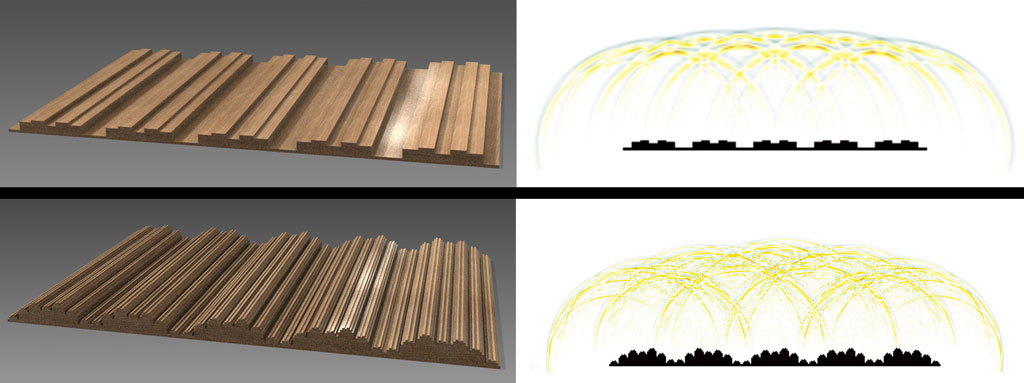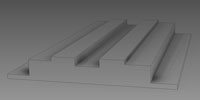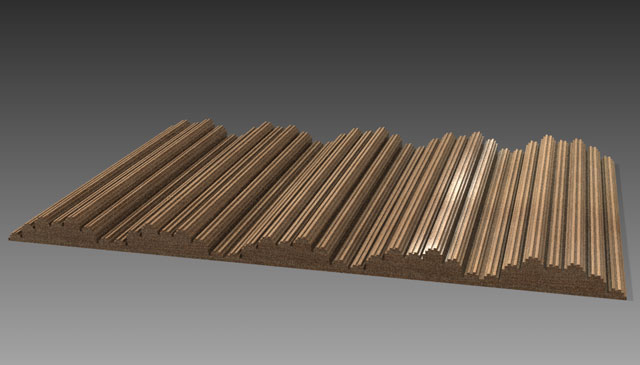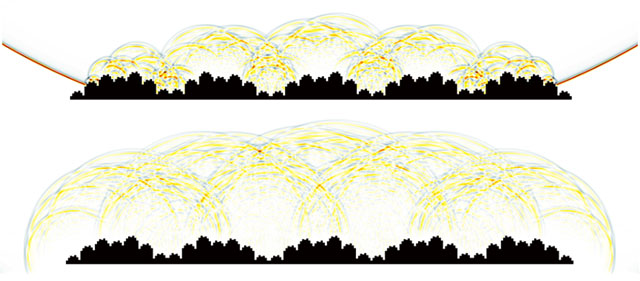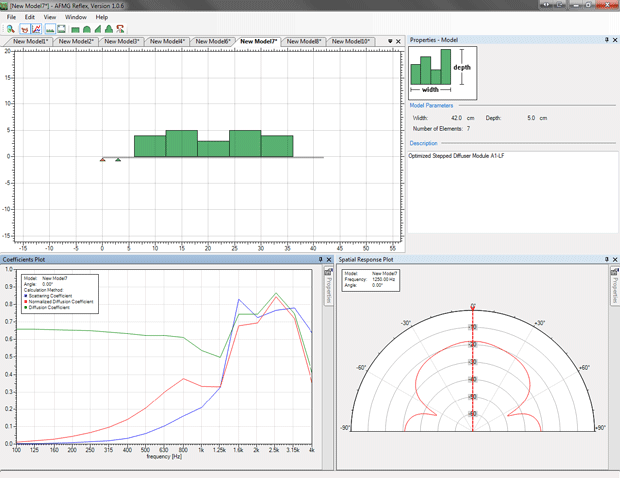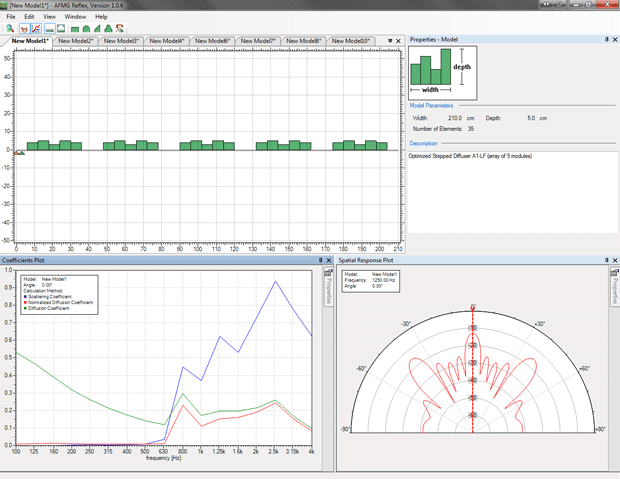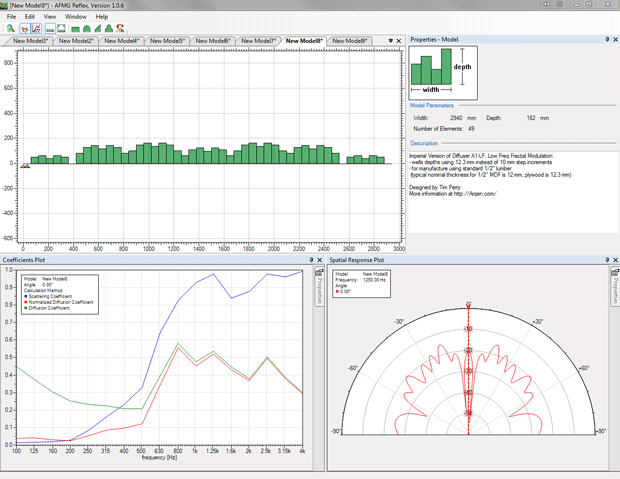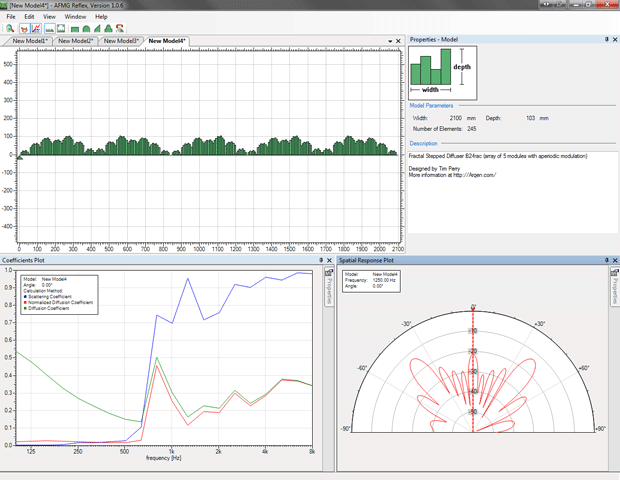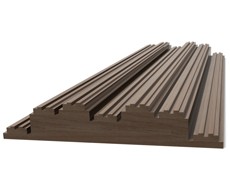Acoustic Diffusers: Design by Optimization
An acoustic diffuser (or diffusor) is a device used to treat unwanted echoes and reflections. Play the video above to see a simulation of sound diffused by a simple fractal diffuser! In this free paper you’ll learn about the various types of acoustic diffusers and how they’re designed. If you simply want to make your own sound diffusers, click here to download the DIY diffuser blueprints (they’re free).
Diffusers reduce echoes and reflections by scattering sound waves in many directions. Unlike absorption, sound diffusers preserve the liveliness of your room because they don’t absorb much sound energy. Instead, they disperse it, spreading the energy around the room. To learn more, check out the diffuser design thesis or download the free DIY diffuser designs.
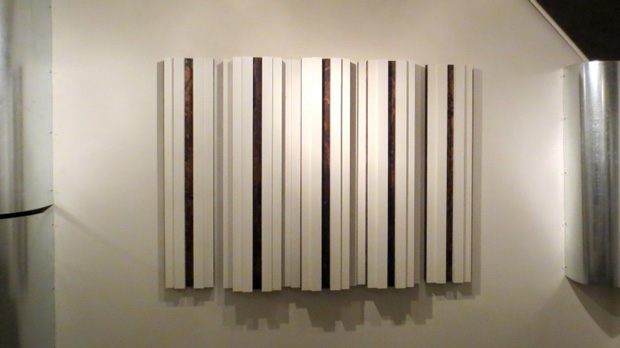
DIY sound diffusers arranged for peak performance (see the free blueprints). Built by J. White at WhiteConstructionDesign.com.
Sound Diffuser Optimization
I designed these diffusers by combining two engineering paradigms: physical modeling and evolutionary optimization (simulated natural selection). Details are given in Chapters 6-7. The resulting designs balance performance with simplicity, so you can build them using basic tools.
Free Blueprints for Optimized Diffuser Panels
Download the DIY Diffuser Designs
↓
Coming Soon: More Videos of Diffusion in Action!
The Diffuser Build Gallery (Click Here to Visit)
THE LEAN OPTIMIZATION OF ACOUSTIC DIFFUSERS:
Design by Artificial Evolution, Time Domain Simulation & Fractals
by Tim Perry
(Free Instant Download)
SUMMARY
Mathematical optimization was used to design efficient sound diffusers.
Thesis question: what simple-to-make profiled wall shape (stepped diffuser) gives an optimal trade-off between uniform diffusion and compact geometry? And how can this surface be discovered using a simple design framework (i.e., without using a boundary element model)?
Method: A design system was rapidly prototyped, termed the “lean” optimization framework. It uses an integer genetic algorithm to find candidate designs in a low resolution design space. It evaluates the performance of candidates using a time domain scattering simulation (an acoustic model using finite difference time domain (FDTD) or a k-space pseudospectral method).
The resulting diffuser designs offer an excellent trade-off between performance and simple geometry. They are simpler to manufacture than most diffusers and can be built using local labour and materials. Fractal versions of the designs, inspired by the RPG Diffractal®, produce diffusion over an extended bandwidth.
Stepped Diffuser Designs in Chapters 7.3 and 8 of “The Lean Optimization of Acoustic Diffusers” by Tim Perry are licensed under a Creative Commons Attribution-NonCommercial-ShareAlike 3.0 Unported License. Consult RPG Diffusor Systems Inc. for additional restrictions on fractal diffusers. Background research draws from the works of Trevor Cox, University of Salford; Peter D’Antonio, RPG Diffusor Systems Inc.
Scattered Sound Polar Distribution
The images below show the polar scattering response for the optimized acoustic diffusers. To produce these plots, the diffusers were modelled using finite difference time domain, and the scattered pressure was recorded at many points on a semicircle.
You can recognize a good polar response by understanding that a diffuser should disperse energy from the specular zone to other positions — ideally, it should spread sound energy evenly in all directions. A perfect polar response would look like a semicircle. See the thesis to learn more about how this works!
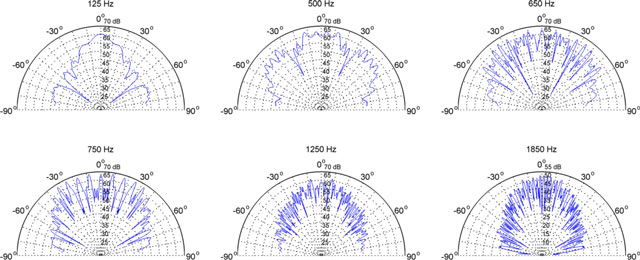
Scattered polar distribution for the optimized diffuser array A1-LF (simulated response over a 5 m radius receiver arc).
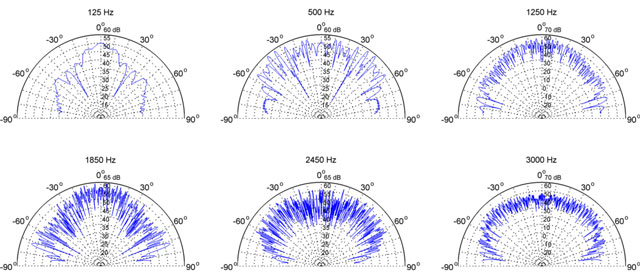
Scattered polar distribution for the fractal diffuser array A1-Frac (simulated response over a 5 m radius receiver arc).

Scattered polar distribution for the fractal diffuser array B2-Frac (simulated response over a 5 m radius receiver arc).
Sound Diffusion Coefficient Plots
The autocorrelation diffusion coefficient is used to compare acoustic diffusion between devices. In the images below (produced using AMFG Reflex Software), the diffusion coefficient has been averaged in one-third octave bands and plotted as a function of frequency. High values of the diffusion coefficient indicate that a surface scatters sound uniformly to all receivers. Low values tell us that a surface is concentrating reflected energy in one direction.
RPG Diffusor Systems® is currently developing more advanced acoustical coefficient standards.
Detailed performance reports for these diffusers — and other optimized diffusers — are available here.
Get the Detailed Performance Reports
Stepped Diffuser A1-LF (The Leanfuser™) Performance Coefficients
Note that the diffusion performance for a single panel does not represent real-world usage. You’ll see below that as the width of the diffuser array increases, the diffusion coefficients decrease in value — especially if the array has periodic repetitions of the base geometry.
But when we arrange the panels to remove the periodicity, using what I call profiled modulations, performance increases dramatically. This modular system allows many different arrangements of panels, letting you vary the width or depth of the diffuser array according to the performance and aesthetic goals.
Deeper arrangements of panels perform better overall as they diffuse to lower frequencies and tend to exhibit more surface roughness and less periodicity.
The diffusion coefficient plots below assume the diffuser is flanked by absorption. The diffusion coefficients would be reduced if a reflective wall was placed on either side of the diffuser.

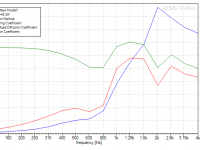

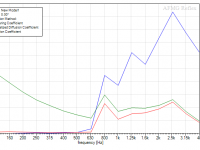

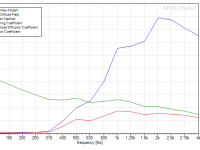
Applying Profiled Modulations to Stepped Diffuser A1-LF (The Leanfuser™)

Diffusion coefficients for stepped diffuser A1-LF with a profiled modulation (array of 5 modules mounted at specific heights).
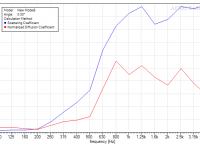
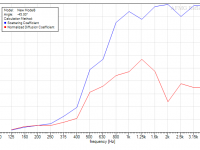

Fractal Diffuser B2-Frac (The Stepfractal™) Performance Coefficients
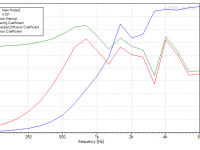
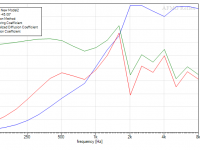
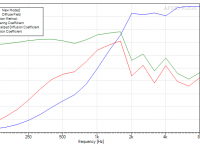
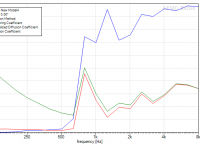
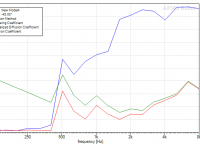
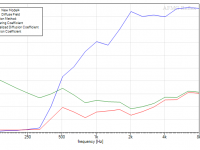
Check out the thesis to learn more about these diffusers and see how they were designed. Or, learn more about the practical applications of acoustic diffusers in the recording studio design papers.
(Free Instant Download)
by Tim Perry

